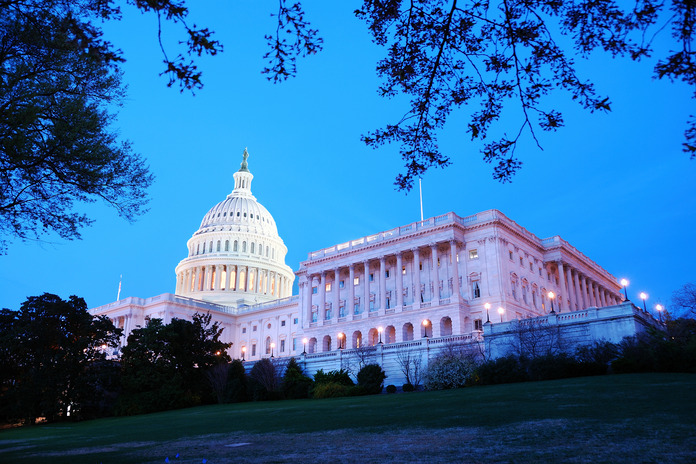The June jobs report has intensified the debate about whether the Federal Reserve will cut interest rates in September. With new data indicating shifts in the labor market, economists and market watchers are closely analyzing these developments.
Insights from the June Jobs Report
The latest data from the Department of Labor reveals a nuanced picture of the U.S. labor market. The unemployment rate dropped to 3.6% in June, down from 3.7% in May. Average hourly earnings also saw a modest increase of 0.4% from the previous month. Despite these positive indicators, the June jobs report suggests underlying weaknesses that could prompt the Federal Reserve to reconsider its monetary policy stance.
Economists Weigh In
LPL Financial chief economist Jeffrey Roach commented that the data is “sending a warning sign that the labor market could be softening.” The primary concern is whether this softening is a sign of normalization or an indicator that higher interest rates are beginning to have a detrimental effect on the economy. Oxford Economics lead U.S. economist Nancy Vanden Houten noted that while jobless claims data can be volatile, a consistent upward trend would signal significant labor market weakness and could support the case for a rate cut in September.
Pantheon Macroeconomics chief economist Ian Shepherdson echoed these concerns, predicting that hiring and firing indicators point to a sub-100K trend in private payrolls growth over the next three months. This scenario would likely boost the unemployment rate and pressure the Fed to act.
Market Expectations and Federal Reserve’s Stance
Investors are increasingly expecting the Federal Reserve to cut rates twice this year, with the first cut potentially occurring in September. Bloomberg data shows a significant shift in market sentiment, reflecting concerns over the labor market’s health and the broader economic outlook. Renaissance Macro head of economics Neil Dutta emphasized that with inflation falling and the labor market showing signs of weakness, the Fed should consider cutting rates soon.
Implications for U.S. Equity Markets
From a market perspective, the labor market is seen as a crucial economic indicator. Citigroup’s head of equity trading strategy Stuart Kaiser told Yahoo Finance, “The labor market for us is the key to the markets. Our general view is you want to run long your U.S. equity portfolio unless or until you get a significant slowdown in payrolls.” This sentiment underscores the importance of labor market data in shaping market strategies and expectations.
Potential Impact of the Fed’s Decision
The Fed’s decision on interest rates will have far-reaching implications for the U.S. economy. A rate cut in September could signal a shift in monetary policy aimed at supporting economic growth amid signs of labor market weakening. However, the Fed has maintained that it needs “greater confidence” in the downward path of inflation before making any cuts. Fed Chair Jerome Powell has stated that while the labor market is cooling, it has not yet shown significant signs of concern.
Conclusion
The June jobs report has added pressure on the Federal Reserve to consider a rate cut in September. With signs of labor market softening, economists and market strategists are closely monitoring the data to gauge the Fed’s next move. As the debate continues, the labor market remains a key focus for understanding the broader economic trajectory and the potential for monetary policy adjustments.
Featured Image: Freepik © TravelScape









